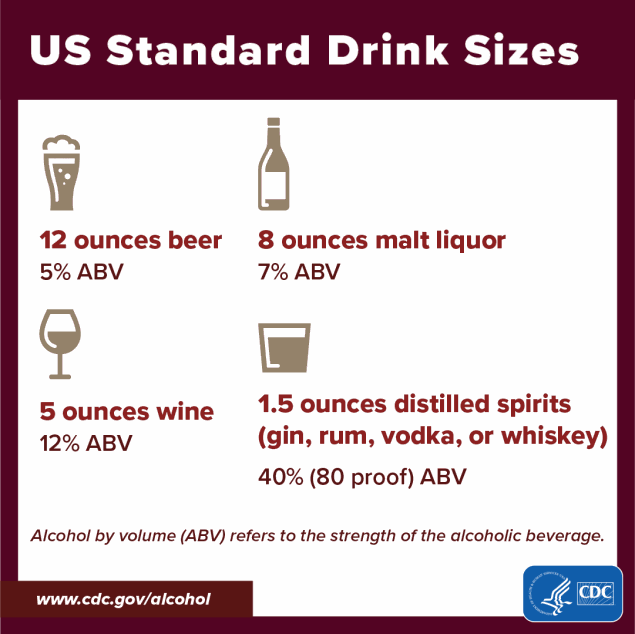
The holiday season, a time for gathering with family and friends and reflecting on the past year, the many achievements, the moments of joy, and the occasional loss and sorrow. These festivities offer a chance to connect with loved ones, but they may also bring challenges, especially regarding alcohol use. Many of us know people whose holiday celebrations were “altered” because a co-worker, friend, or family member was “over-served” and said things we wished they hadn’t and behaved in regrettable ways!
Avoid Binge Drinking
The urge for “one more drink” is common during the holiday season, especially in festive or stressful gatherings. The holiday season is associated with an increase in “binge drinking,” a pattern of consuming alcohol that raises blood alcohol levels to 0.08% or higher. For most men, this occurs after five or more drinks in about two hours; for women, it’s four or more drinks in the same period. Unfortunately, binge drinking is often linked to risky behaviors, such as drunk driving, unplanned episodes of conflict or intimacy, and in some cases, blackouts (a person may appear conscious and functioning but is unable to form new memories, leaving gaps in recall for that period.) or alcohol poisoning.
Consequences of Heavy Alcohol Use
Unsurprisingly nearly 20% of emergency department visits are related to alcohol use, underscoring the risks associated with excessive drinking. Beyond the physical risks, alcohol abuse can impact personal and professional lives, leading to missed work, family conflicts, and legal troubles. Binge drinking and heavy alcohol use can put your health at risk. Each year, nearly 140,000 Americans die from alcohol-related causes, with conditions like liver disease, liver cancer, heart disease, hypertension, and stroke among the top alcohol-attributable health issues.
Roughly 12.7% of the population, or one in eight people, meet the criteria for an Alcohol Use Disorder (AUD). Sadly, fewer than 10% of those affected receive treatment.

Making Safe Choices This Holiday Season
As the holidays approach, it’s helpful to create a plan for alcohol consumption:
- Pace Yourself: On average, a healthy individual can process approximately one drink per hour, depending on their age and general health. When drinking, consider alternating between alcoholic and non-alcoholic beverages and drinking water to stay hydrated.
- Avoid Binge Drinking and Set a Limit: If you choose to drink, decide in advance how much you’ll consume. Stick to your plan to enjoy the celebration without regret.
- Remember Absorption Rates: Alcohol continues to absorb into your bloodstream even after you’ve stopped drinking. If you are consuming shots or drinks with high alcohol content, your blood alcohol level can continue to rise long after you’ve stopped drinking!
- Don’t Drink and Drive: If you do plan to drink – plan not to drive, particularly if you are prone to drinking too much. Have a designated driver in your group or your family or use uber, Lyft or a local taxi company to get home safely.

Resources and Support for Alcohol Use Disorder
If you or someone you know struggles with alcohol use, help is available.
- Your Employee Assistance Program (EAP) and Member Assistance Program (MAP) offer guidance on treatment options covered by your health insurance.
- The Crisis Lifeline (call or text 988) also provides confidential support and connections to resources.
- The Substance Abuse and Mental Health Services Administration (SAMHSA) also offers a behavioral health treatment locator on its website, making it easier to find local support options.

Embracing a Safe Holiday Season
The holiday season offers much to celebrate. By approaching alcohol thoughtfully and taking steps to stay safe, we can all enjoy a healthy, happy season. Here’s to celebrating responsibly and looking forward to a prosperous new year!
